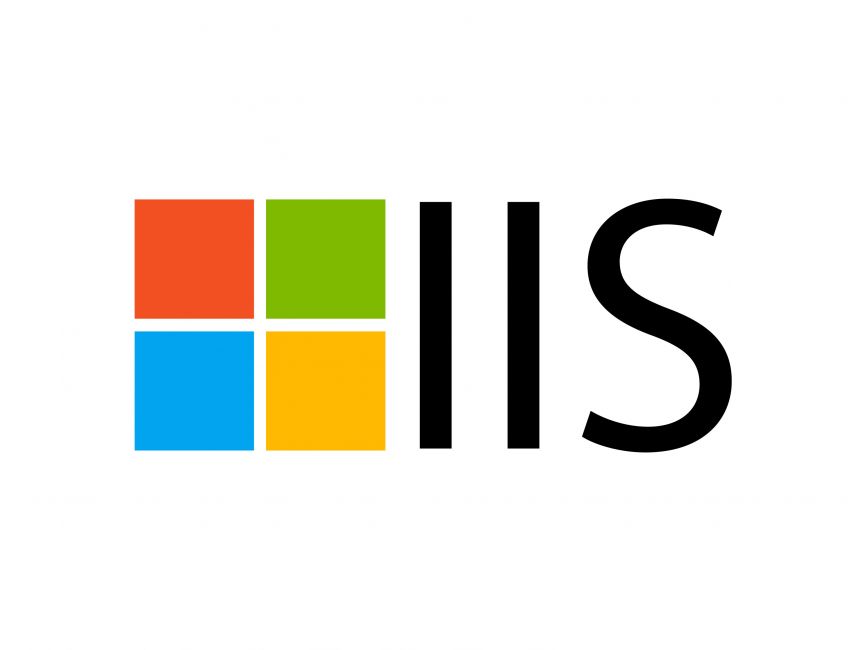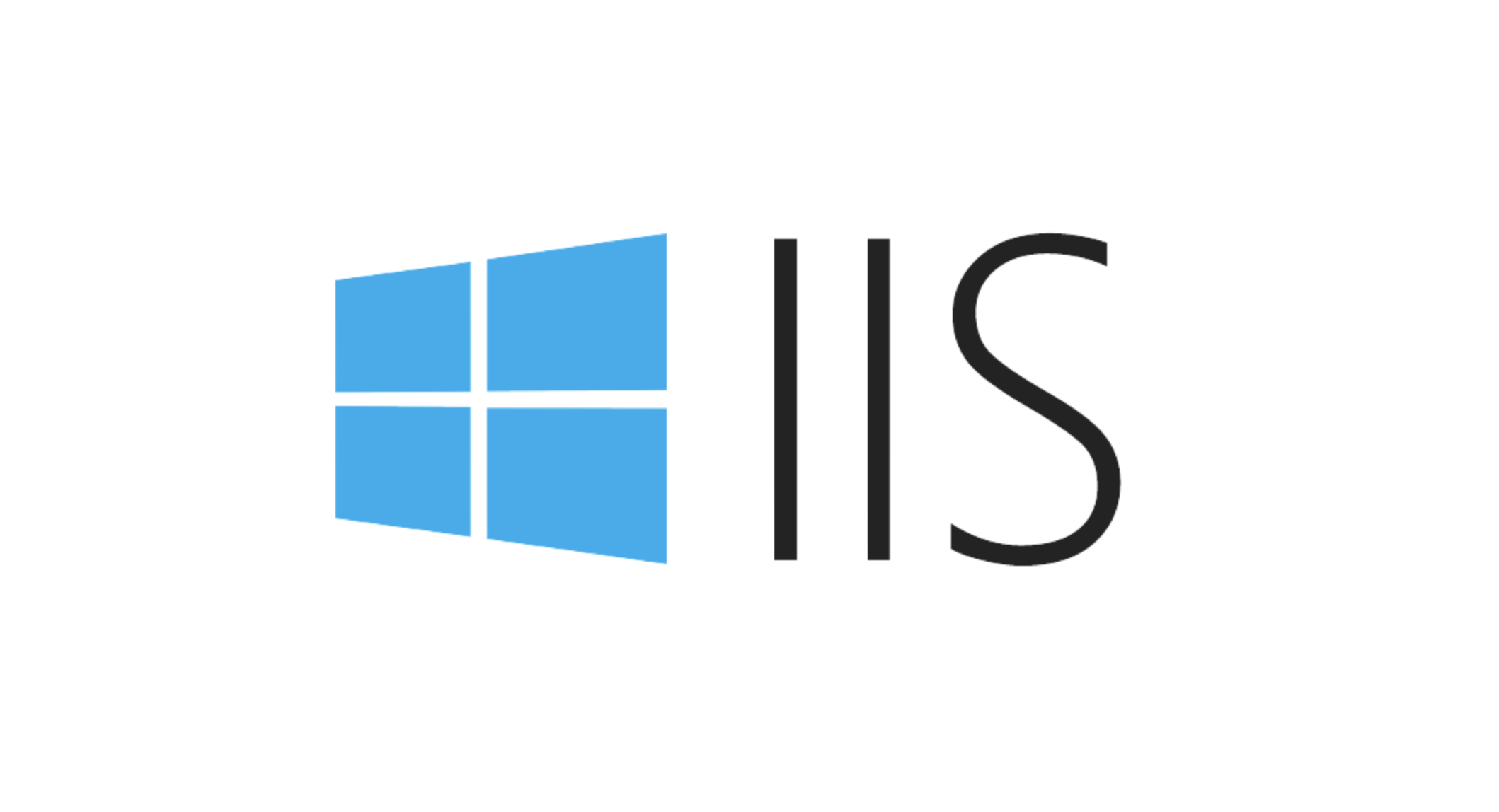When deploying ASP.NET Core applications to IIS, you need to pay attention to the following key points: 1. Install the .NET Core runtime and Hosting Bundle, otherwise it will cause HTTP 500 errors; 2. Make sure to include web.config when publishing applications and select the appropriate publishing mode; 3. Configure the IIS site and application pool, set "unmanaged code" and correct permissions; 4. Check the logs when there is a problem and manually test the Kestrel startup situation.

Deploying ASP.NET Core to an IIS environment is not difficult, but there are several key points that must be paid attention to. IIS itself cannot run .NET Core applications directly, but forwards the request to the built-in server of Kestrel through reverse proxy. Therefore, the entire process needs to configure the cooperation between IIS and .NET Core.

Install the necessary runtime and managed components
Before you begin, make sure that the target server has the correct .NET Core runtime and IIS managed bundles installed. Many people miss the hosting bundle, which will cause the application to not function properly.

- If you are using .NET Core 3.1 or later, you need to download and install the corresponding .NET Runtime and Hosting Bundle.
- Hosting Bundle will automatically install IIS modules (such as AspNetCoreModuleV2) and configure pipeline mode.
- How to check whether the installation is successful: Enter
dotnet --infoon the command line to see if the SDK and runtime information are listed.
If these components are not installed correctly, you will not start even if you publish the program and you will usually see HTTP errors 500.0 or 500.30.
Publish and deploy application files
The most common way to publish an ASP.NET Core application is to use Visual Studio or CLI tools to generate self-contained or dependent framework publishing packages.

- If you use Visual Studio, right-click the project and select "Publish", then select "Folder" or Remote FTP, etc.
- If you choose a framework-dependent publishing mode, the corresponding .NET runtime must be installed on the server; if you do not want to rely on the environment, you can choose self-contained mode, but the size will be larger.
- After the release is completed, copy the file to the target directory on the server, such as
C:\inetpub\wwwroot\myapp.
Be careful not to miss the web.config file, which contains the path and startup parameters to the .NET Core runtime. If this file is missing or is configured incorrectly, IIS will not know how to deal with your application.
Configuring IIS Sites and Application Pools
The next step is to create a site or application in IIS and set up an application pool.
- Create a new site, bind a port or domain name, and the home directory points to the folder you posted.
- It is recommended to create one separately and set
.NET CLR 版本to "No Managed Code" because Kestrel is a native process. - Also make sure the "Enable 32-bit Application" of the application pool is set to false unless you have special needs.
If your application crashes during operation or fails to start, you can view the log file. By default, the stdout log will be generated in logs folder in your application directory. Remember to enable logging function in web.config :
<aspNetCore processPath="dotnet" arguments=".\YourApp.dll" stdoutLogEnabled="true" stdoutLogFile=".\logs\stdout" />
Handle FAQs and permission settings
The most common problems during the deployment process include insufficient permissions, path errors, port conflicts, etc.
- Make sure that the IIS user (usually
IIS_IUSRS) has read and write permissions to your application directory, especially if you use local logs or cached files. - Check that Kestrel is started correctly. You can manually run
dotnet YourApp.dllon the server to see if there is any error. - If you enable HTTPS in your development environment but do not configure the certificate on IIS, it may cause a redirect error. At this time, you can temporarily turn off HTTPS and force jump.
In addition, sometimes the application is not a problem to start, but it returns 500 or blank pages when accessing. You must read the log at this time. ASP.NET Core will not expose detailed error information by default unless you enable development mode.
Basically that's it. As long as you follow the steps step by step, you can deploy it smoothly in most cases.
The above is the detailed content of Deploying ASP.NET Core Applications to an IIS Environment. For more information, please follow other related articles on the PHP Chinese website!

Hot AI Tools

Undress AI Tool
Undress images for free

Undresser.AI Undress
AI-powered app for creating realistic nude photos

AI Clothes Remover
Online AI tool for removing clothes from photos.

Clothoff.io
AI clothes remover

Video Face Swap
Swap faces in any video effortlessly with our completely free AI face swap tool!

Hot Article

Hot Tools

Notepad++7.3.1
Easy-to-use and free code editor

SublimeText3 Chinese version
Chinese version, very easy to use

Zend Studio 13.0.1
Powerful PHP integrated development environment

Dreamweaver CS6
Visual web development tools

SublimeText3 Mac version
God-level code editing software (SublimeText3)
 Configuring Request Limits and Connection Timeouts in IIS
Jul 08, 2025 am 12:36 AM
Configuring Request Limits and Connection Timeouts in IIS
Jul 08, 2025 am 12:36 AM
To limit the size of client requests, the maxAllowedContentLength parameter can be modified in web.config, such as setting it to 104857600 (100MB), and synchronizing the maxRequestLength of ASP.NET at the same time; to reasonably set the connection timeout time, it can be modified through the IIS manager or appcmd.exe command, with the default of 120 seconds, and the API scenario is recommended to set it to 30-90 seconds; if the request queue is full, you can increase MaxClientConn and QueueLength, optimize application performance, and enable load balancing to relieve stress.
 Configuring HTTP Response Headers for Caching and Security in IIS
Jul 07, 2025 am 12:23 AM
Configuring HTTP Response Headers for Caching and Security in IIS
Jul 07, 2025 am 12:23 AM
Configuring HTTP response headers in IIS to optimize cache and improve security can be achieved by setting cache-related headers and adding security response headers. 1. Set cache-related headers: By configuring the clientCache element in the web.config file, set the Cache-Control and Expires headers for static resources, for example, use cacheControlMaxAge to specify the cache time, and fine-grained control can also be performed for specific file types (such as .jpg), but avoid HTML page caching for too long. 2. Add security-related headers: Configure X-Content-Type-Optio through customHeaders in web.config
 Configuring Directory Browsing Permissions and Behavior in IIS
Jul 10, 2025 pm 02:08 PM
Configuring Directory Browsing Permissions and Behavior in IIS
Jul 10, 2025 pm 02:08 PM
ToenableandcustomizedirectorybrowsinginIIS,firstinstallandenabletheDirectoryBrowsingfeatureviaServerManagerandIISManager;next,customizetheappearanceusingheaderandfooterHTMLsnippets;thenconfiguredefaultdocumentstopreventunintendeddirectorylistings;fin
 Understanding the Difference Between IIS Virtual Directories and Applications
Jul 06, 2025 am 12:58 AM
Understanding the Difference Between IIS Virtual Directories and Applications
Jul 06, 2025 am 12:58 AM
VirtualdirectoriesandapplicationsinIISdifferinindependenceandconfiguration.1.Virtualdirectoriesactasaliasestoexternalcontent,sharingtheparentsite’sapplicationpoolandconfiguration,idealfororganizingstaticfileswithoutduplication.2.Applicationsrunindepe
 Configuring Shared Configuration for Multiple IIS Servers in a Web Farm
Jul 11, 2025 am 01:50 AM
Configuring Shared Configuration for Multiple IIS Servers in a Web Farm
Jul 11, 2025 am 01:50 AM
SharedconfigurationinIISallowsmultipleserverstouseacentralizedapplicationHost.configfile,ensuringconsistencyacrossawebfarm.1.Itenablesallserverstopointtoasharedconfigurationlocation.2.SetupinvolvesusingaUNCpath,enablingthefeatureinIISManager,andimpor
 Securing IIS Against Common Web Vulnerabilities
Jul 05, 2025 am 12:17 AM
Securing IIS Against Common Web Vulnerabilities
Jul 05, 2025 am 12:17 AM
Strengthening IIS security requires five steps: 1. Disable unnecessary functions and services, such as WebDAV, FTP, etc.; 2. Close the default website and test pages, delete or prohibit access to useless script directories; 3. Configure request filtering rules to prevent illegal extensions, directory traversal and super long URLs, and use URLs to rewrite and hide the real path; 4. Enable HTTPS and force jumps, and set security response headers such as HSTS, X-Content-Type-Options; 5. Regularly update system patches, enable logging and use tools to analyze abnormal access behavior. Through these measures, we can effectively prevent common attack methods such as SQL injection, XSS, directory traversal, and improve the overall security of the server.
 Configuring Authentication Methods (Windows, Forms, Basic) in IIS
Jul 09, 2025 am 12:51 AM
Configuring Authentication Methods (Windows, Forms, Basic) in IIS
Jul 09, 2025 am 12:51 AM
Windows authentication is suitable for internal applications and is automatically authenticated through domain accounts; the steps are to open IIS Manager, select a site, enable Windows authentication, and ensure HTTPS is used. Forms authentication is suitable for custom login pages. You need to configure the login URL and timeout time in web.config, and develop a login page to verify users, encrypt your password and use HTTPS. Basic authentication is lightweight but not secure. It is only used when HTTPS is enabled. It needs to be enabled in IIS and cooperate with local or domain accounts. Password leakage is often caused by ignoring HTTPS.
 Managing MIME Types for Specific File Extensions in IIS
Jul 08, 2025 am 02:07 AM
Managing MIME Types for Specific File Extensions in IIS
Jul 08, 2025 am 02:07 AM
MIME type is a mechanism by which the server identifies file content types, and missing or incorrect configuration can cause resource loading to fail. There are two main ways to manage MIME types with specific extensions in IIS: 1. Add or modify them through the IIS manager graphical interface; 2. Configure in the web.config file. Common MIME types that need to be added manually include .webmanifest, .woff2, .svg, .mp4 and .pdf. Notes include inheritance issues, IIS version differences and browser cache impact. Proper configuration is essential to ensure that modern web resources are loading properly.






